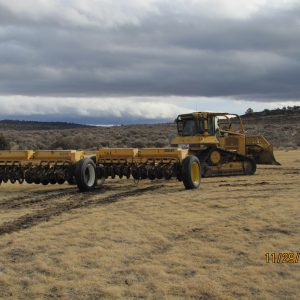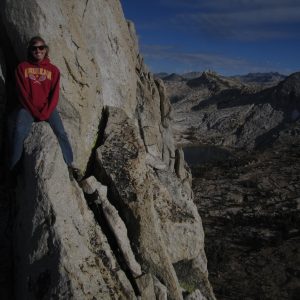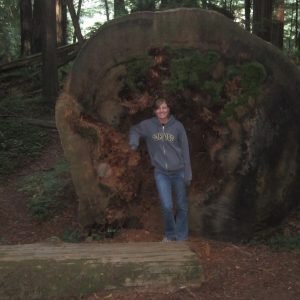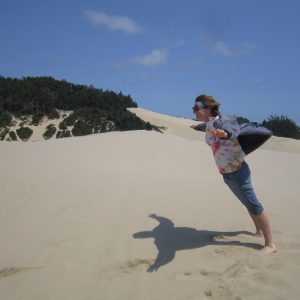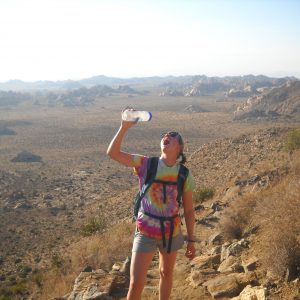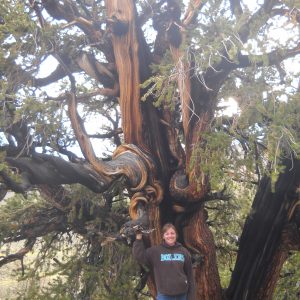As many people finish up their internships, I feel extremely lucky to be just starting my second internship. After a summer of working for a private company carrying out vegetation surveys on oil and gas pads all over the west, I am thrilled to be a CLM intern once again! My first internship was in northeast California at the Eagle Lake Field Office, and I am now working out of the Safford Field Office in southeast Arizona. I am very grateful for a winter field position—in a warm environment too! My Arizona internship has been quite a bit different from the internship I completed in California. However, one thing remains the same: the internship continues to provide amazing opportunities to grow and learn every day.
During my first week, I was thrown right into fish field work. Having a botany background, this was new and exciting for me. I helped with a native fish survey of Araviapa Creek, one of the healthiest water systems in Arizona. The creek flows through the beautiful Aravaipa Canyon and provides habitat for several native fish species, including a few endangered species. I also assisted with non-native fish removal from Horse Camp Canyon, one of the side canyons of Araviapa Canyon. The removal of non-native green sunfish from the canyon has been in progress since 2010, and we believe that we have actually successfully eradicated the species from the canyon this year.
Aside from fish work, we have been scampering to finish up seed collections. Seeds are dropping quickly as temperatures decrease. Although most of my field experience is in the Great Basin, I am quickly becoming acquainted with the plants in the area, especially the ones that inflict the most pain. It seems that every plant around here is trying to kill you. My appreciation for sage brush has increased dramatically in the past month after hiking through mesquite, acacia, mimosa, and cactus. At the end of the day, though, I just can’t stay angry with the majestic saguaro.
Another project we had the chance to be a part of involves a unique restoration technique that has proved successful in desert environments. At Buenos Aires National Wildlife Refuge, we helped make seed balls for a prairie restoration at the refuge. The large marble-sized seed balls consist of clay, aggregate (sand/compost), and seed in about a 5:3:1 ratio. The hardened clay gives the seeds protection from predation, as animals are unable to penetrate the rock hard seed ball. The structure also ensures that the seeds will not germinate until there is an adequate amount of water, since it takes monsoon rains to wet the clay enough for the ball to fall apart. This clever technique may help bring native grasses back to the historically overgrazed areas in the refuge.
There are many other exciting projects in the works so stay tuned!
Janyne Little
Safford, AZ



